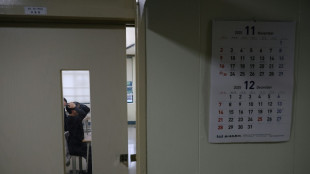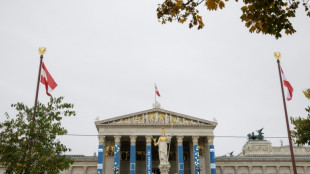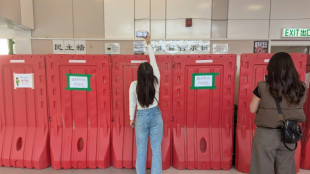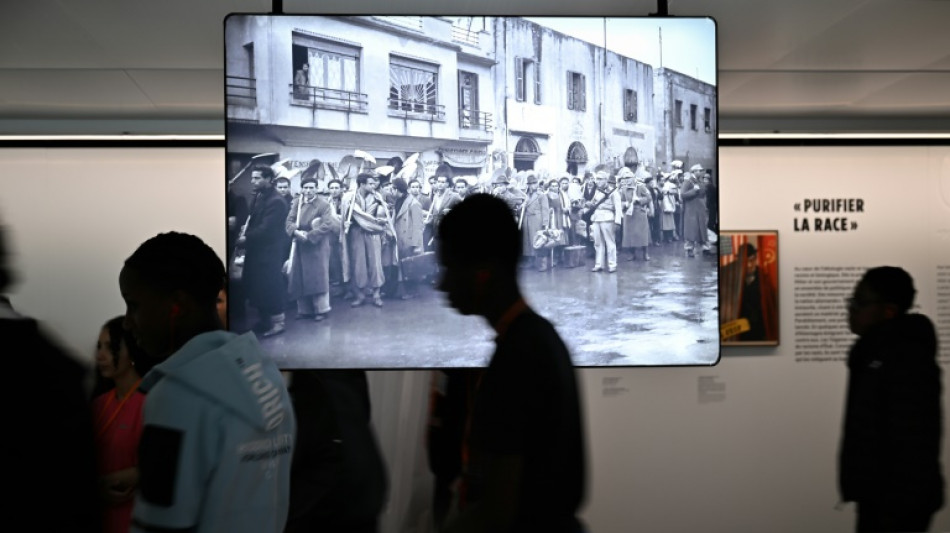
-
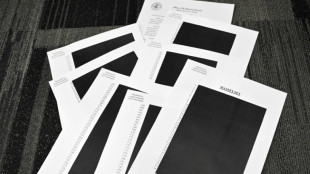 Epstein files opened: famous faces, many blacked-out pages
Epstein files opened: famous faces, many blacked-out pages
-
Ravens face 'special' Patriots clash as playoffs come into focus
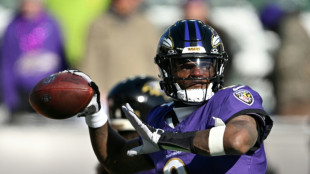
-
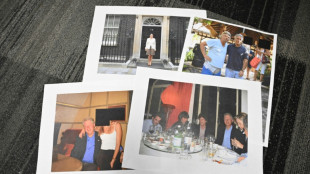 Newly released Epstein files: what we know
Newly released Epstein files: what we know
-
Musk wins US court appeal of $56 bn Tesla pay package

-
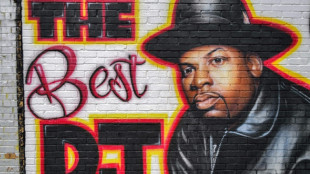 US judge voids murder conviction in Jam Master Jay killing
US judge voids murder conviction in Jam Master Jay killing
-
Trump doesn't rule out war with Venezuela
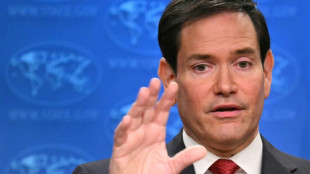
-
 Haller, Aouar out of AFCON, Zambia coach drama
Haller, Aouar out of AFCON, Zambia coach drama
-
Nasdaq rallies again while yen falls despite BOJ rate hike
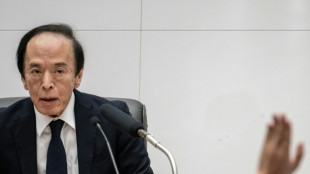
-
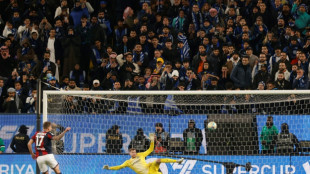 Bologna win shoot-out with Inter to reach Italian Super Cup final
Bologna win shoot-out with Inter to reach Italian Super Cup final
-
Brandt and Beier send Dortmund second in Bundesliga
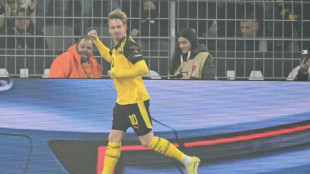
-
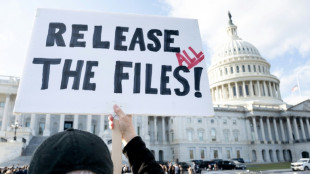 Trump administration begins release of Epstein files
Trump administration begins release of Epstein files
-
UN Security Council votes to extend DR Congo mission by one year

-
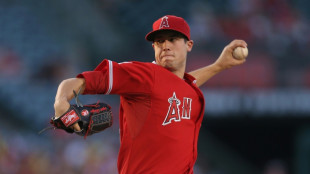 Family of Angels pitcher, club settle case over 2019 death
Family of Angels pitcher, club settle case over 2019 death
-
US university killer's mystery motive sought after suicide

-
 Rubio says won't force deal on Ukraine as Europeans join Miami talks
Rubio says won't force deal on Ukraine as Europeans join Miami talks
-
Burkinabe teen behind viral French 'coup' video has no regrets
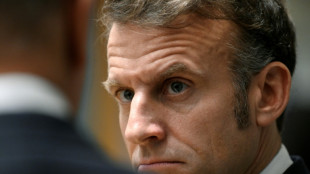
-
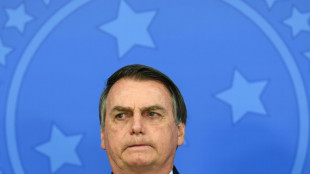 Brazil court rejects new Bolsonaro appeal against coup conviction
Brazil court rejects new Bolsonaro appeal against coup conviction
-
Three-time Grand Slam winner Wawrinka to retire in 2026
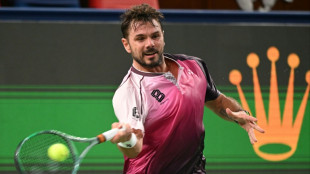
-
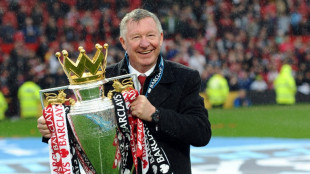 Man Utd can fight for Premier League title in next few years: Amorim
Man Utd can fight for Premier League title in next few years: Amorim
-
Pandya blitz powers India to T20 series win over South Africa
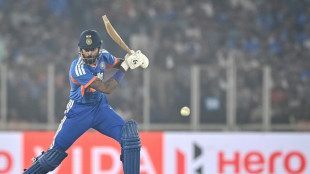
-
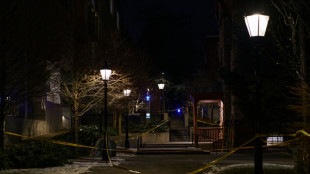 Misinformation complicated Brown University shooting probe: police
Misinformation complicated Brown University shooting probe: police
-
IMF approves $206 mn aid to Sri Lanka after Cyclone Ditwah

-
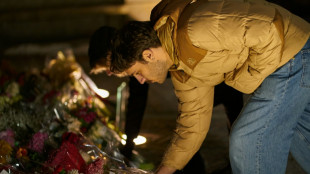 US halts green card lottery after MIT professor, Brown University killings
US halts green card lottery after MIT professor, Brown University killings
-
Stocks advance as markets cheer weak inflation

-
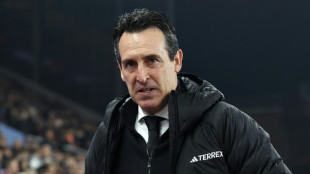 Emery says rising expectations driving red-hot Villa
Emery says rising expectations driving red-hot Villa
-
Three killed in Taipei metro attacks, suspect dead

-
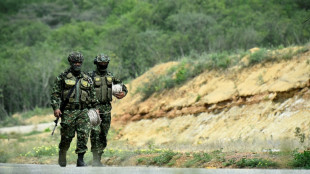 Seven Colombian soldiers killed in guerrilla attack: army
Seven Colombian soldiers killed in guerrilla attack: army
-
Amorim takes aim at Man Utd youth stars over 'entitlement'
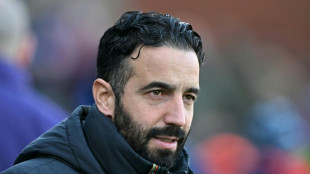
-
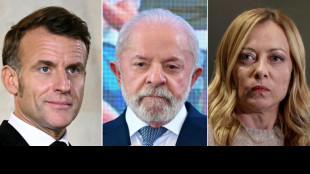 Mercosur meets in Brazil, EU eyes January 12 trade deal
Mercosur meets in Brazil, EU eyes January 12 trade deal
-
US Fed official says no urgency to cut rates, flags distorted data

-
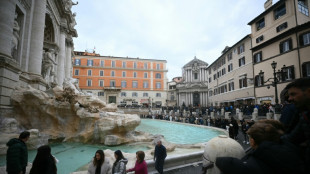 Rome to charge visitors for access to Trevi Fountain
Rome to charge visitors for access to Trevi Fountain
-
Spurs 'not a quick fix' for under-fire Frank

-
 Poland president accuses Ukraine of not appreciating war support
Poland president accuses Ukraine of not appreciating war support
-
Stocks advance with focus on central banks, tech

-
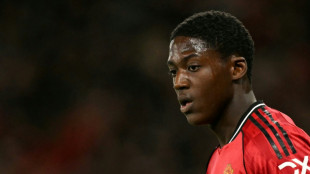 Amorim unfazed by 'Free Mainoo' T-shirt ahead of Villa clash
Amorim unfazed by 'Free Mainoo' T-shirt ahead of Villa clash
-
PSG penalty hero Safonov ended Intercontinental win with broken hand
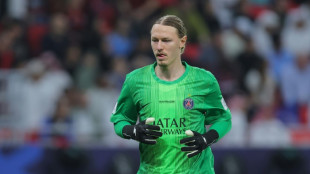
-
 French court rejects Shein suspension
French court rejects Shein suspension
-
'It's so much fun,' says Vonn as she milks her comeback

-
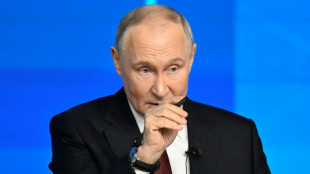 Moscow intent on pressing on in Ukraine: Putin
Moscow intent on pressing on in Ukraine: Putin
-
UN declares famine over in Gaza, says 'situation remains critical'
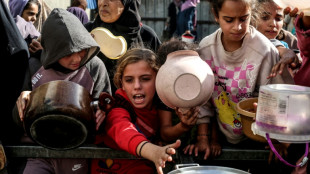
-
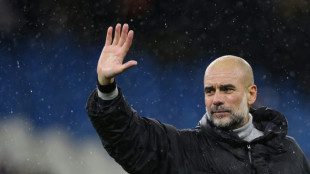 Guardiola 'excited' by Man City future, not pondering exit
Guardiola 'excited' by Man City future, not pondering exit
-
Zabystran upsets Odermatt to claim first World Cup win in Val Gardena super-G
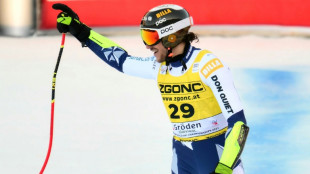
-
 Czechs name veteran coach Koubek for World Cup play-offs
Czechs name veteran coach Koubek for World Cup play-offs
-
PSG penalty hero Safonov out until next year with broken hand
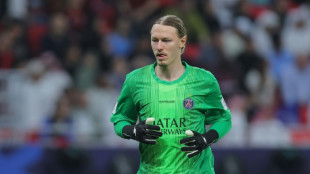
-
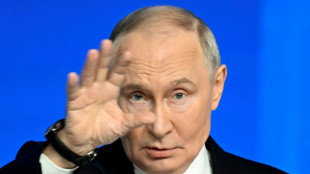 Putin says ball in court of Russia's opponents in Ukraine talks
Putin says ball in court of Russia's opponents in Ukraine talks
-
Czech Zabystran upsets Odermatt to claim Val Gardena super-G
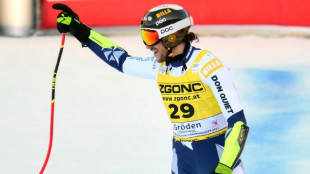
-
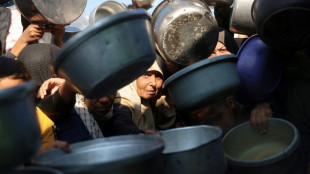 NGOs fear 'catastrophic impact' of new Israel registration rules
NGOs fear 'catastrophic impact' of new Israel registration rules
-
US suspends green card lottery after MIT professor, Brown University killings
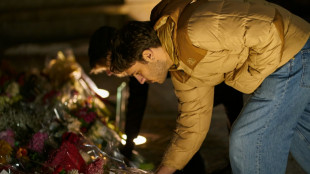
-
 Stocks mixed with focus on central banks, tech
Stocks mixed with focus on central banks, tech
-
Arsenal in the 'right place' as Arteta marks six years at club
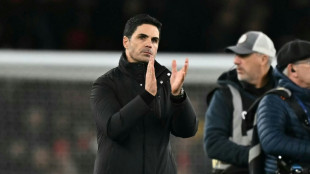

Museums rethink how the Holocaust should be shown
Historians are rethinking the way the Holocaust is being presented in museums as the world marks the 80th anniversary of the liberation of the last Nazi concentration camps this month.
Shocking images of the mass killings of Jews were "used massively at the end of World War II to show the violence of the Nazis," historian Tal Bruttmann, a specialist on the Holocaust, told AFP.
But in doing so "we kind of lost sight of the fact that is not normal to show" such graphic scenes of mass murder, of people being humiliated and dehumanised, he said.
Up to this year, visitors to the Memorial de Caen war museum in northern France were plunged into darkened rooms with life-sized photographs showing the horror of what happened in the camps and the mass executions earlier in the war.
"The previous generation of Holocaust museums used these images because it reinforces the horror," said James Bulgin, who is in charge of the Holocaust galleries at London's Imperial War Museum.
The difficulty with that is that it "denies the people within the images any capacity for agency or respect or identity," he added.
"The other problem with Holocaust narratives is that they tend to relate the history of what the Nazis and their collaborators did, not what Jewish people experienced," argued the British historian.
Some six million were murdered in the Nazi's attempt to wipe out European Jews.
- 'No photos of killings' -
Which is why "there are no photographs of killings" in the new, "almost clinically white" galleries dedicated to the Shoah at the Memorial de Caen, said Bruttmann, the scientific adviser on the project which opened this month.
"To show this absolute negation of human beings, there is no obligation to show images of such unprecedented violence," said the memorial's director Kleber Arhoul.
Historians at the Imperial War Museum had the same debate, but drew different conclusions.
They decided to still use graphic imagery. "The images exist as part of the historical record, we can't suppress their existence," said Bulgin. "But what we can do is meaningfully integrate them into the historical narrative."
He said they did consider not using them but felt it could lead to misinformation. "All of that stuff exists on YouTube and Vimeo... but without us mediating it, shaping it, informing it, giving it context," he added.
The curator said they "spoke to an enormous range" of Jewish groups and the "almost overwhelming consensus was that we should use the footage".
However, graphic images of the genocide are shown in smaller formats, often on panels that carry a warning and that you have to turn over to see. Distinctions are also made between photos taken by Jews themselves and those taken by the Nazis in the Warsaw ghetto.
Israeli historian Robert Rozett argued that "we need these memorials to be aware of what human beings are capable of, and where open hatred can lead."
At the Yad Vashem memorial in Jerusalem, "there are pictures that show mass executions. They are not gigantic but they are there," he said.
"The hardest pictures are not highlighted in any way," he said. For example, those showing the massacre of Babi Yar, near Kyiv, in 1941 do not show the moment of the killings but the aftermath. And those of the mass graves do not show the bodies but the clothes of the victims strewn on the ground.
- 'You want them to identify' -
Museums have also tended to concentrate on representing the ruthless, systematic efficiency of the Nazi death machine, experts say.
The first Holocaust memorials were "dark, oppressive spaces with a highly industrialised architecture that very much centres on Auschwitz," Bulgin said.
That was "enormously problematic and potentially slightly dangerous, because it has none of the human character that actually allowed it to happen."
Which is why the London museum has tried to concentrate on this being a genocide "done by people, to people", he said.
The new galleries in the Memorial de Caen have two distinct rooms. One on death camps like Auschwitz, the mass executions of the "Holocaust by bullets" and the mobile gas vans. The other deals with the concentration and work camps where prisoners were enslaved, brutalised and worked to death or died from hunger or disease.
But museums also have a duty to evoke the Jewish communities that were wiped out, Rozett insisted. "If you're teaching the Holocaust, you have to talk about what happened before, about what was destroyed," he said.
The first Holocaust room at the Imperial War Museum addresses this by showing a film called "The Presence of Absence". At Yad Vashem, the visit begins with a sound and light show to draw people deep into those lost worlds.
"When you're teaching, you want somebody's mind and their heart," it says. "You want them to identify. It's not enough just intellectual engagement. There has to be something emotional, but not overriding emotional."
D.Schneider--BTB

